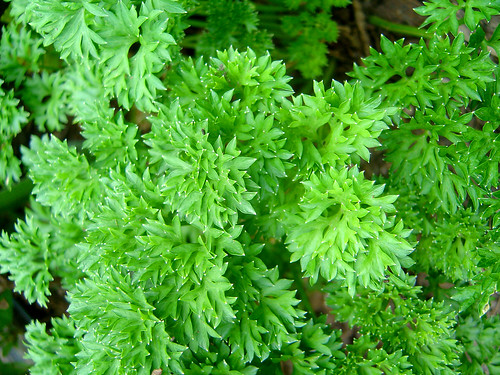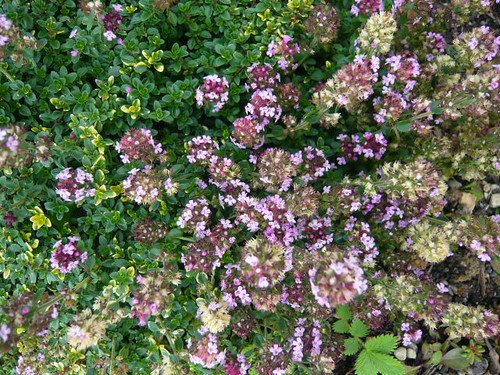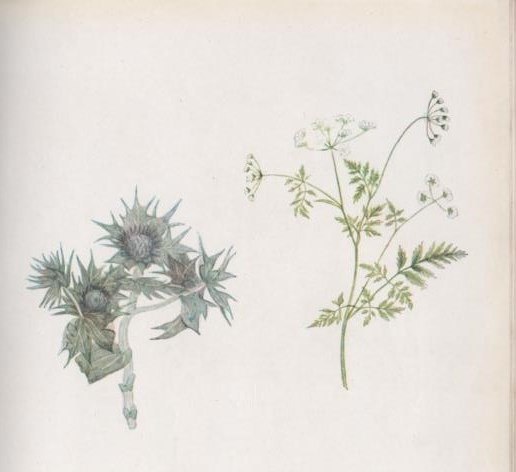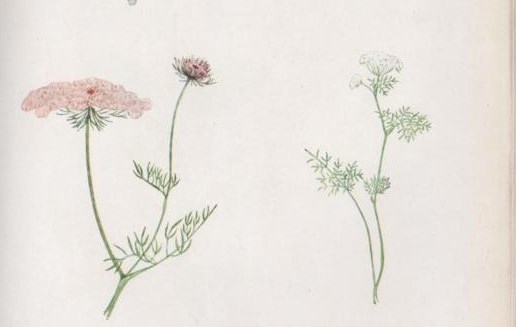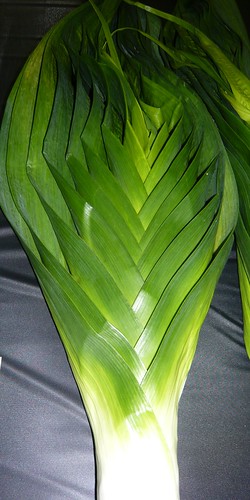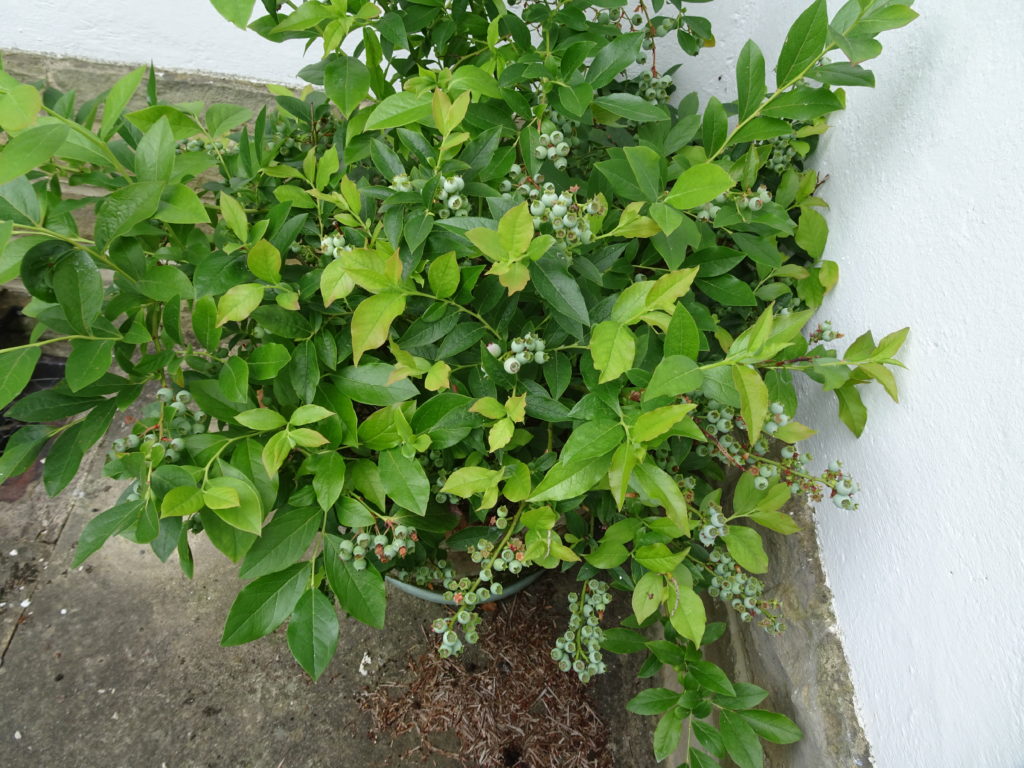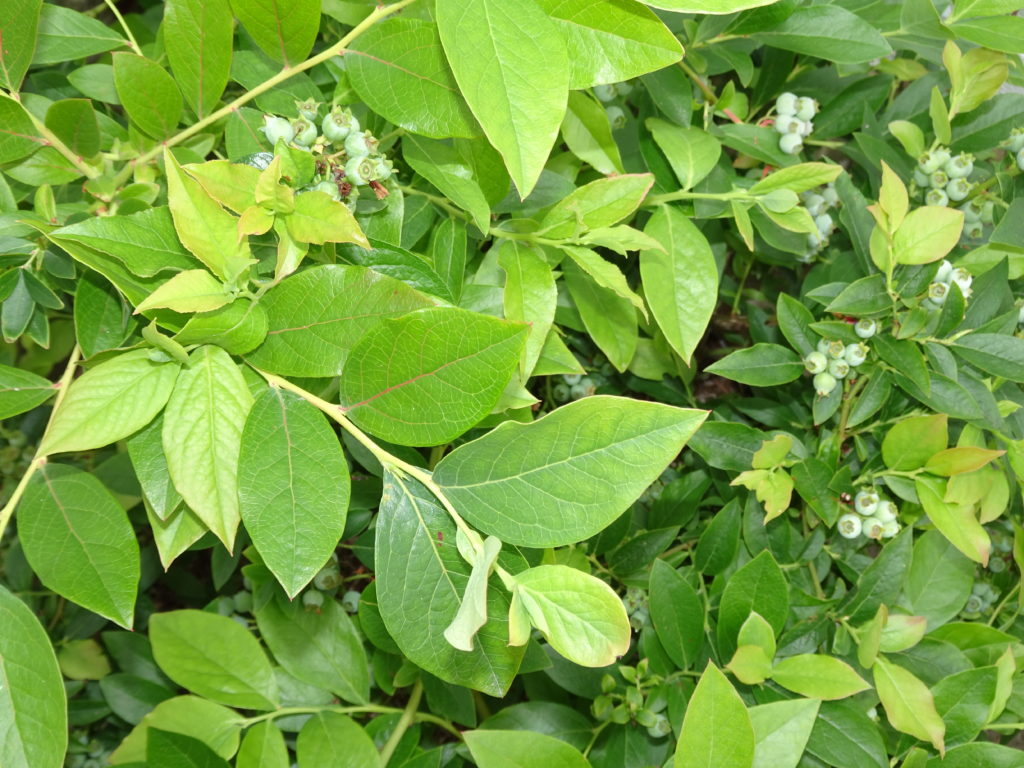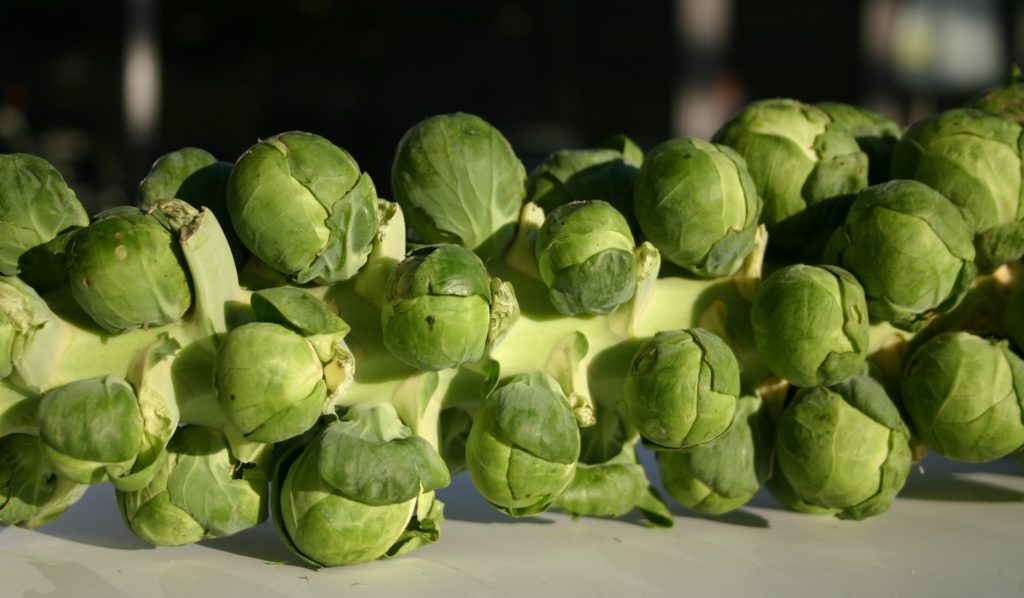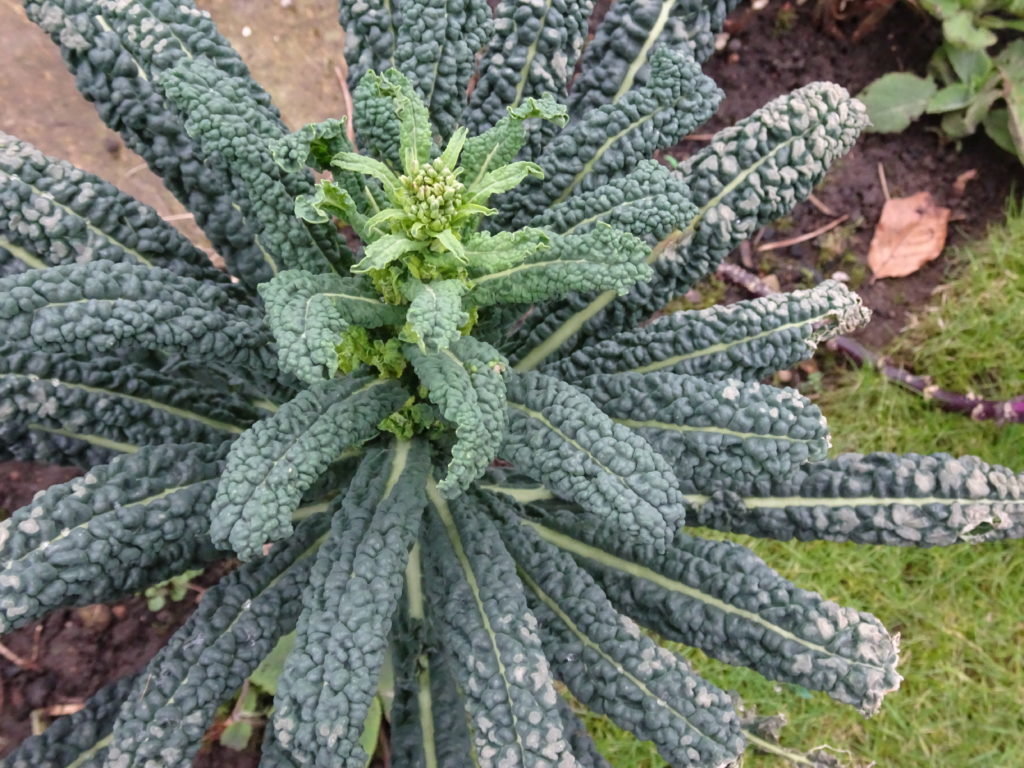Perfect Parsley
Parsley Tips
- I have grown this parsley from spring sown seed. Germination can be a bit erratic as warm temperatures are needed.
- After a summer in the herb bed I have potted a clump up in the greenhouse.
- Before the worst frosts I will bring a pot into the house for snipping onto potatoes and garnishing fish.
- The flat leaved variety is one of my favourite herbs but I am not very successful at growing it. Fortunately there are many varieties that seem to be within my compass.
- Parsley is a hungry feeder so if growing in a container add some bone meal
The curly herb Parsley crispum is naturally slow to germinate. If the soil dries out it may never germinate.
Germination Tips
-
- Try watering the drill then sow the seed in the drill covering with dry soil. This covering will dramatically reduce evaporation so the seed will be in contact with moisture for longer.

